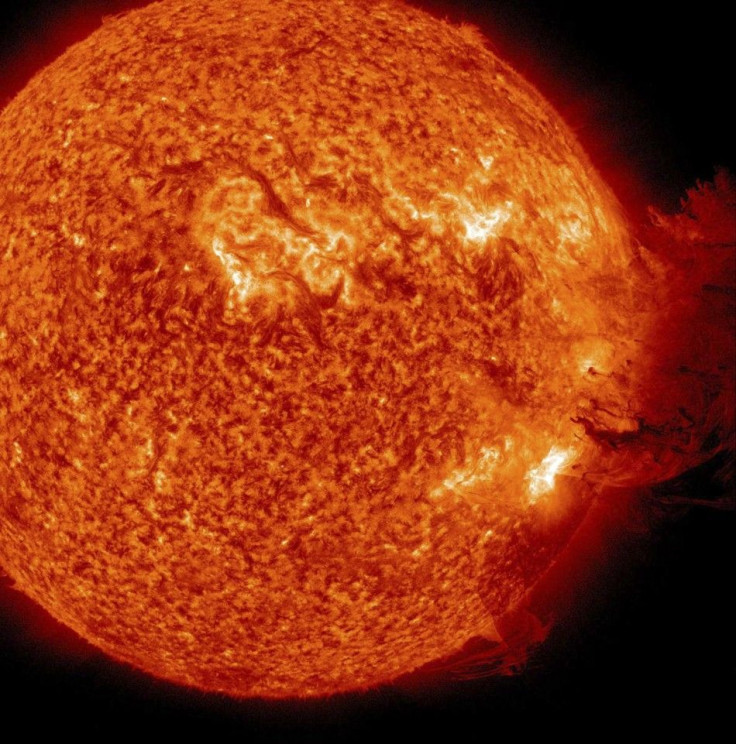NASA Instructor Explains How ISS Astronauts Prepare For Solar Storms

KEY POINTS
- An instructor from NASA explains the ISS' procedures for dealing with solar storms
- NASA relies on warnings from NOAA about an approaching solar storm
- ISS astronauts follow specific procedures to protect themselves from solar radiation
An instructor at NASA revealed how astronauts aboard the International Space Station (ISS) prepare for an incoming solar storm. According to the instructor, the ISS crew members follow a specific set of procedures in preparation for a solar storm impact.
Solar storms contain highly-charged particles that come from an explosion on the Sun’s surface. On Earth, these particles can interact with the planet’s magnetic field and cause major electrical disruptions.
Depending on the intensity of a solar storm, it could knock out transformers and disrupt the function of electrical devices, leaving large portions of Earth without power for several days. However, aside from people on Earth, those in space are also vulnerable to the effects of solar storms.
In fact, astronauts in space, such as those currently working and living on the ISS, are more prone to getting hit by solar storms due to their location. To ensure the safety of these astronauts, NASA has implemented a set of procedures to protect them from solar threats.
According to Robert Frost, an astronaut instructor and flight controller for NASA, the agency follows federal protocols when it comes to dealing with an approaching solar storm. Frost noted that once a solar storm has been detected, the National Oceanic and Atmospheric Administration will alert NASA about the event.
For an approaching solar storm with mild intensity, NASA will notify the ISS astronauts to stay away from areas within the station that have low protective features.
“If the analysis shows a mild threatening level, the crew are informed to, for brief periods (5-10 minutes), avoid lower shielded areas during portions of the orbit most affected,” Frost explained on Quora. “Those locations include the airlocks, mating adapters, transfer compartments, and windows.”
As for stronger solar storms, the astronauts are advised to stay in specific areas that are designed to protect them from severe space weather. Tasks outside the station, such as extravehicular activities (EVA) are automatically canceled to prevent astronauts from being exposed to extreme radiation from the solar particles.
“For more threatening levels, they are informed to remain in higher shielded areas such as the Node 2 Crew Quarters and aft section of the [service module],” Frost stated. “If an EVA is occurring and the radiation exposure is expected to be greater than the joint exposure limits, the EVA will be terminated.”
© Copyright IBTimes 2024. All rights reserved.




















